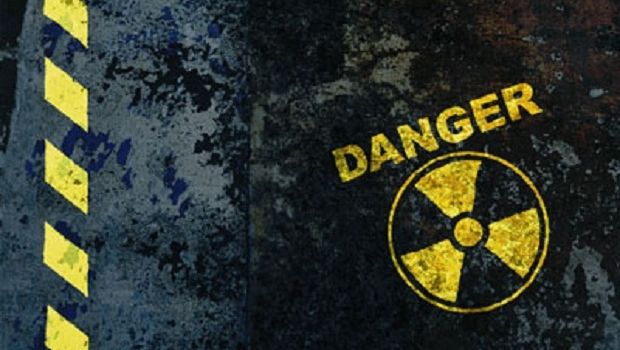
In a November 9 statement, IRSN ruled out an accident in a nuclear reactor, saying it was a likely leak in a nuclear fuel-treatment site or center for radioactive medicine, RFE/RL reports.
In recent weeks, IRSN and several other nuclear safety institutes in Europe had measured high levels of ruthenium 106, a radioactive nuclide which does not occur naturally and is the product of splitting atoms in a nuclear reactor.
Because of its short half-life of about one year, ruthenium 106 is used in nuclear medicine.
There has been no impact on human health or the environment in Europe, said IRSN, the technical arm of the French nuclear regulator ASN.
Read alsoAs many as 200 N. Koreans killed in tunnel collapse at nuclear test site – mediaThe IRSN statement said it could not accurately locate the release of radioactive material but, based on weather patterns, it most likely originated south of the Ural Mountains, between the Urals and the Volga River.
This could indicate Russia or possibly Kazakhstan as the site of the origin of the cloud, IRSN Director Jean-Marc Peres told the Reuters news agency.
"Russian authorities have said they are not aware of an accident on their territory," Peres said.
Read alsoUkraine's nuclear regulatory inspectorate extends for 10 years life of Zaporizhia NPP's power unit 3Representatives of Kazakhstan's Nuclear Physics Institute in Almaty told RFE/RL on November 10 that there were no nuclear leaks detected in Kazakhstan in September and October.
Measurements from European stations showed high levels of ruthenium 106 in the atmosphere of the majority of European countries at the beginning of October, with a steady decrease from October 6 onwards.
IRSN estimated that the initial quantity of ruthenium 106 released was major, and that if an accident of this magnitude had happened in France it would have required the evacuation or sheltering of all the people in a radius of a few kilometers around the accident site.

